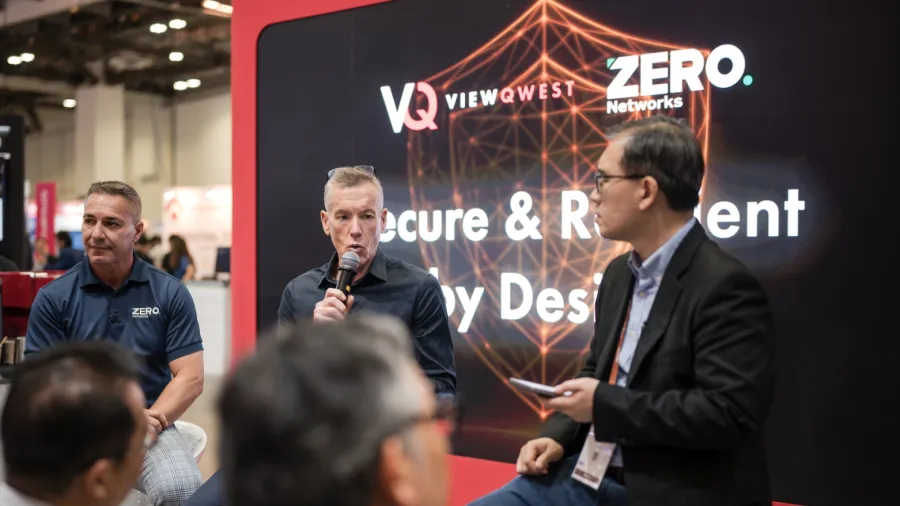
Automating zero trust: How ViewQwest and Zero Networks are changing the game with automated microsegmentation
ViewQwest’s partnership with Zero Networks brings fully automated, agentless microsegmentation to Asia.
Cybersecurity experts generally agree it’s not a matter of whether an organisation will be hacked, but when. The crux of the issue is how cyber attackers can leverage initial access to move laterally across the network to reach other, more valuable assets and cause further harm.
By moving “laterally”, hackers use any entry point as a launchpad to reach and attack vital systems and data. Unchecked, attackers can eventually pivot to an organisation’s “crown jewels” — critical assets like authentication systems and database servers — where they can steal sensitive data, deploy ransomware, or establish persistent footholds for future attacks.
This unrestricted lateral movement has become one of the defining characteristics of modern cyberattacks. Once attackers breach a single endpoint, they can quickly reach other systems internally, often unnoticed by traditional tools and defences.
This is why even well-protected enterprises find themselves vulnerable after a single compromised credential or misconfigured server. The rise of hybrid networks and remote work has only made this problem worse, stretching traditional perimeter defences beyond their limits.
Solving the lateral movement problem
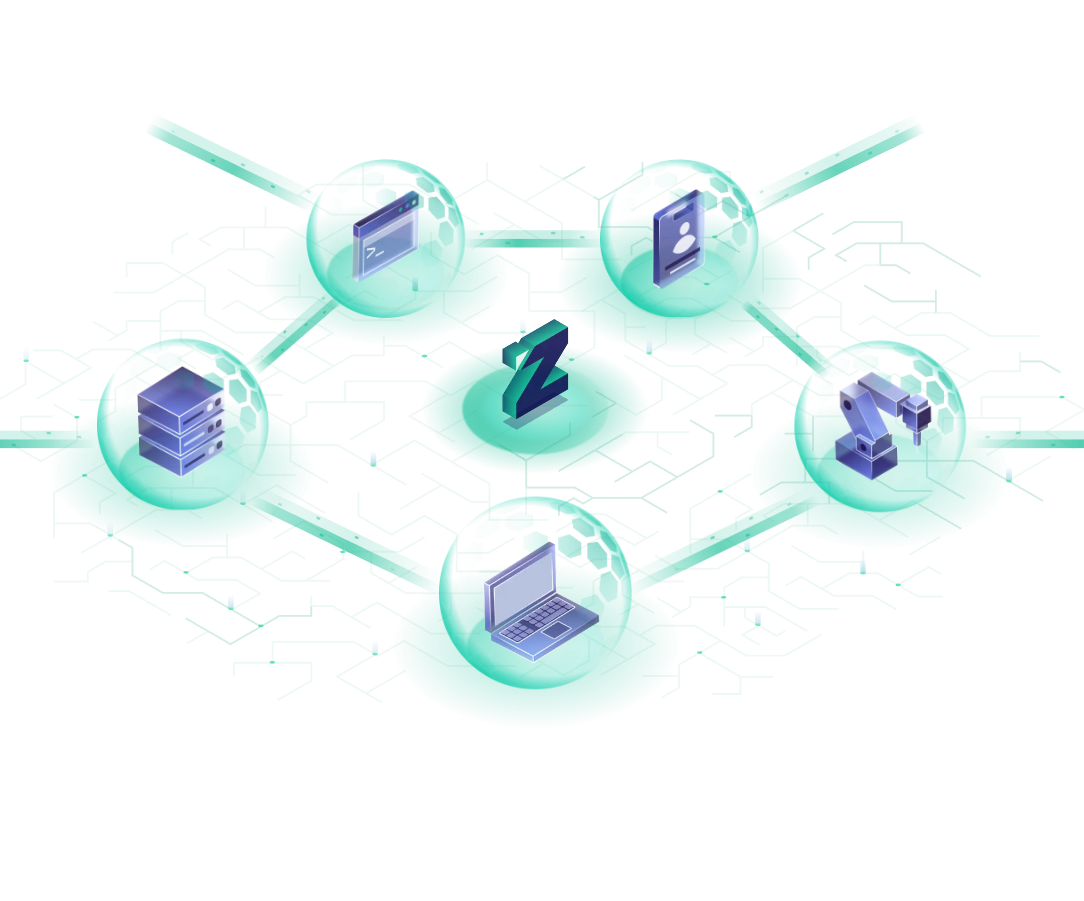
The gold standard for stopping lateral movement in its tracks is a technique called microsegmentation, which divides networks into multiple granular segments, effectively isolating each asset inside its own firewall bubble. With each segment requiring separate authentication and authorisation, this approach blocks hackers and prevents them from moving freely across the infrastructure. So how can organisations implement microsegmentation to defend against lateral movement?
On this front, ViewQwest has partnered with Zero Networks to deliver automated microsegmentation to organisations across key Asian markets. Through the partnership, enterprises can access stronger cybersecurity protection against lateral cyberattacks and ransomware spread through the network.
The collaboration reflects a growing industry shift toward automation-driven preventative security, where human teams are no longer solely responsible for defining thousands of network rules or firewall policies. By combining ViewQwest’s managed network expertise with Zero Networks’ automated technology, enterprises can now implement advanced segmentation at scale.
"Microsegmentation comes up in almost every conversation I have with company executives," explained Peter Molloy, Chief Growth Officer for ViewQwest. But whilst microsegmentation is effective in stopping attackers from moving laterally, legacy microsegmentation solutions are notoriously difficult to deploy and maintain – which is where Zero Networks comes into the picture.
"We were looking for a technology that delivers real impact and exceeds customer expectations. Zero Networks distinguished itself through its effortless deployment and low-touch management across deployment and maintenance," he said.
Microsegmentation made practical
But what sets Zero Networks apart? According to Joe Arcuri, APAC Regional Manager at Zero Networks, the solution delivers fully automated, agentless, identity-aligned microsegmentation. This means less manual work and overhead, as well as fewer potential points of failure, since businesses don't need to install and maintain yet another piece of software on every server or desktop.
Speaking at GovWare 2025, Arcuri noted that only a virtual machine needs to be installed within the network. This connects to on-premises or cloud-based nodes and observes the normal flow of inbound and outbound traffic to create a baseline over 30 days, which is then used to automatically generate security policies.
“We do it through deterministic data, using the traffic in the network to write the policies. Once those policies are written, we present them to the client, who review them,” he said. “Once they're happy, they push a button and deploy the policy to the built-in firewalls on the operating system – whether Windows, Linux, or macOS – where they are immediately enforced.”
This “agentless” model is particularly appealing for organisations with limited IT manpower or diverse device types. It dramatically reduces deployment time from months or years to mere weeks, whilst eliminating compatibility issues that often plague agent-based tools. In effect, Zero Networks’ automation brings microsegmentation within reach for companies that previously found it too complex or resource-intensive to implement.
A smarter way to secure networks
Microsegmentation complements traditional perimeter defence strategies by minimising the blast radius in the event of a breach. It is agnostic and works together with other cybersecurity solutions such as SASE to protect distributed networks, or with email gateways designed to protect businesses from phishing and email-borne threats, meaning it strengthens defence-in-depth strategies whilst simplifying infrastructure.
“With Zero Networks, you can restructure your network to reduce the number of firewalls. A lot of people are using VLANs to segment their network – these are no longer needed. Traditional approaches like sandboxes or air-gapping are no longer necessary either,” said Arcuri.
For Molloy, the partnership aligns with ViewQwest's broader mission. “ViewQwest has always taken the view that we want to push out those security controls to ensure that mums and dads, small businesses, and other organisations have the ability to properly lock down their environment and not get hacked,” he said.
ViewQwest’s regional footprint allows it to deliver Zero Networks’ technology as a managed service, closing that capability gap. By making enterprise-grade microsegmentation accessible and automated, the partnership aims to level the playing field in cybersecurity across the region. To learn more about ViewQwest and Zero Networks, click here.










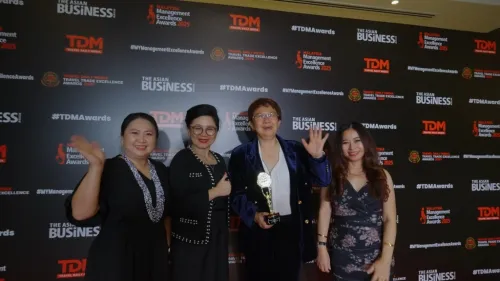
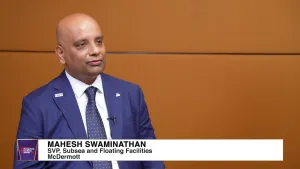

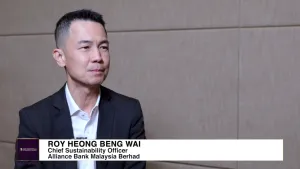
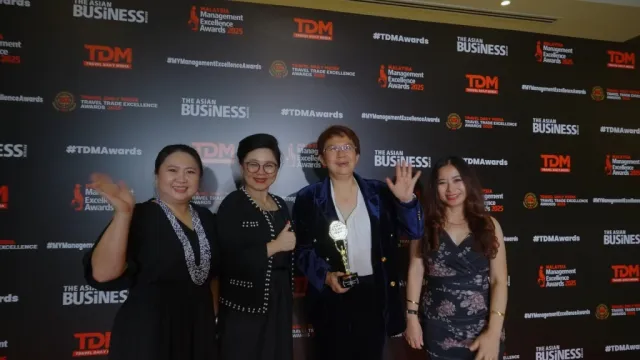

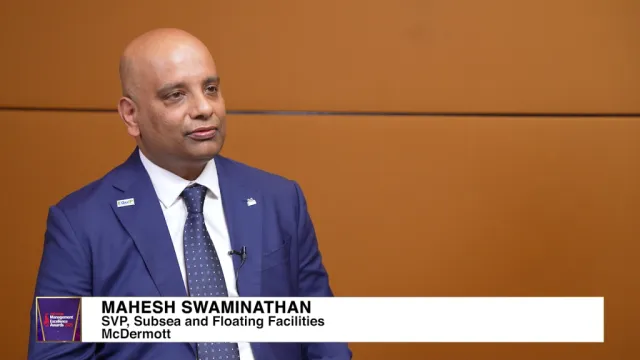


 Advertise
Advertise









